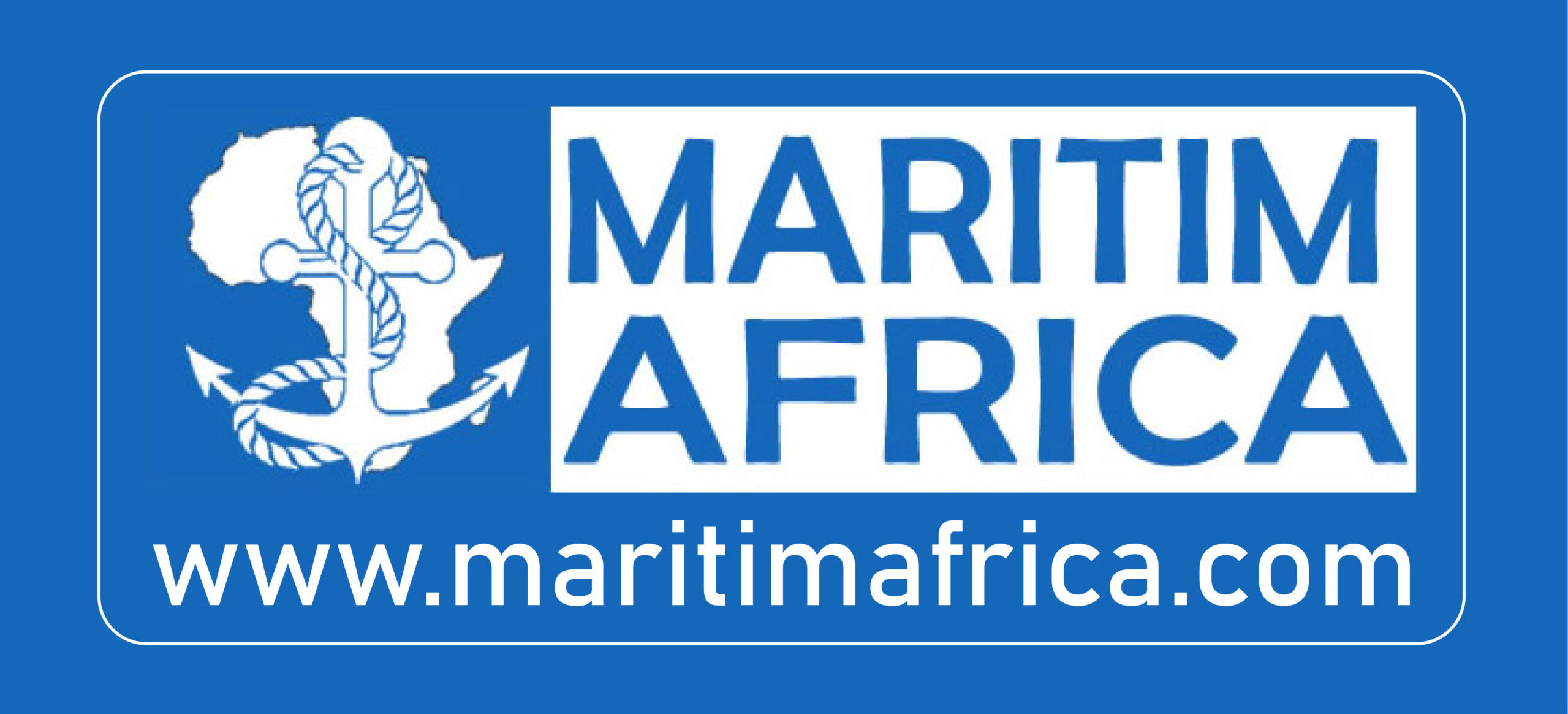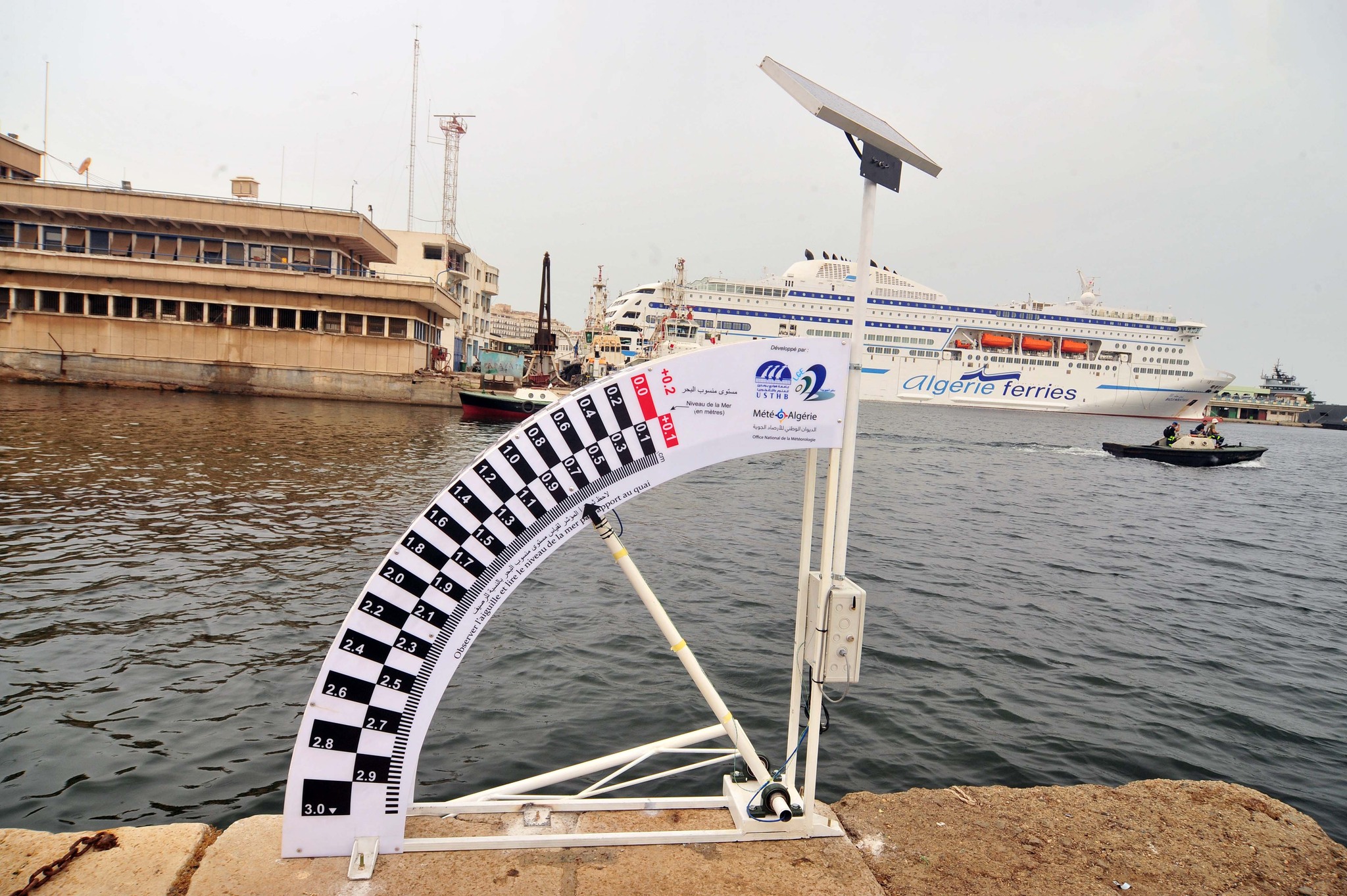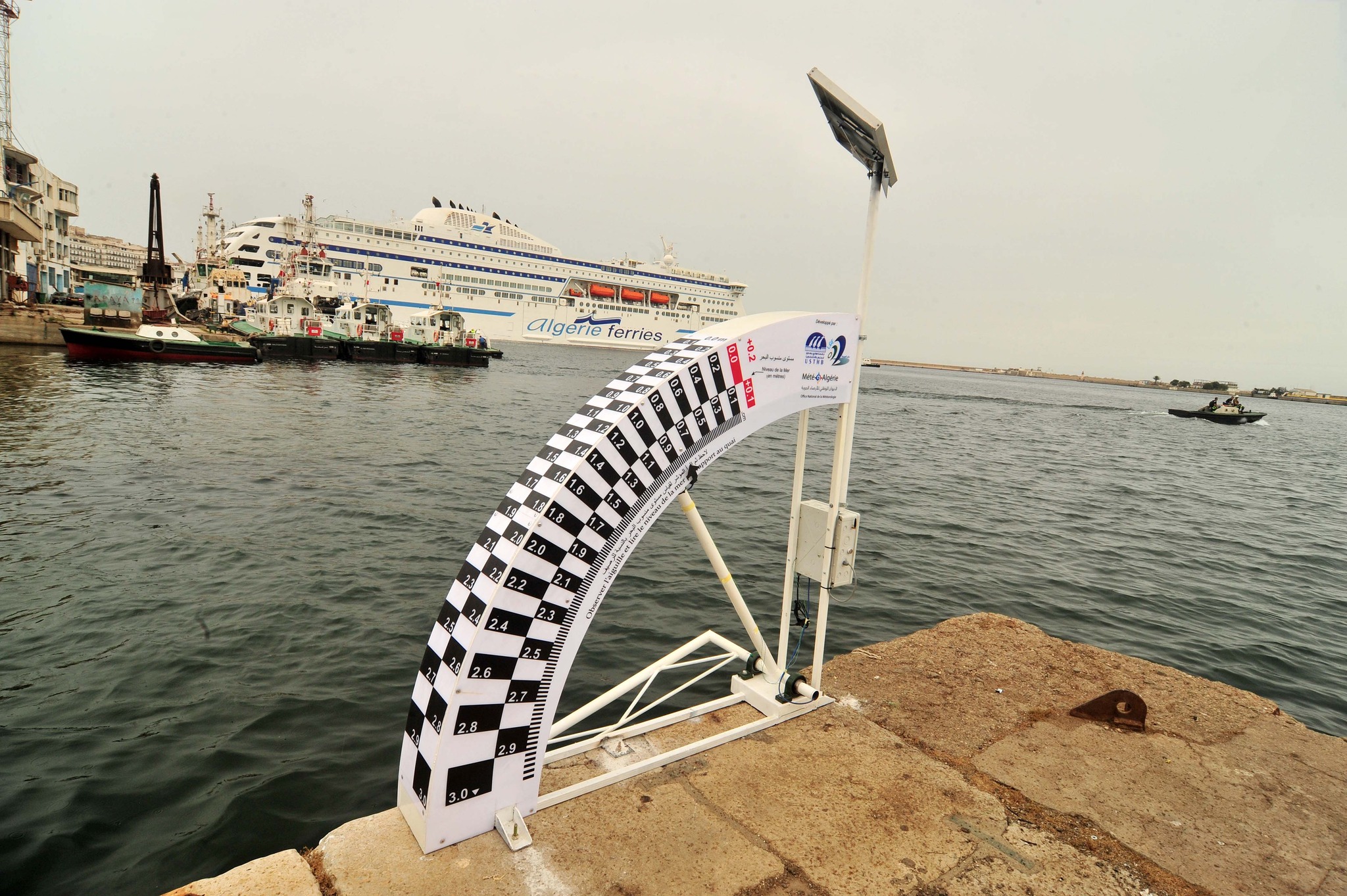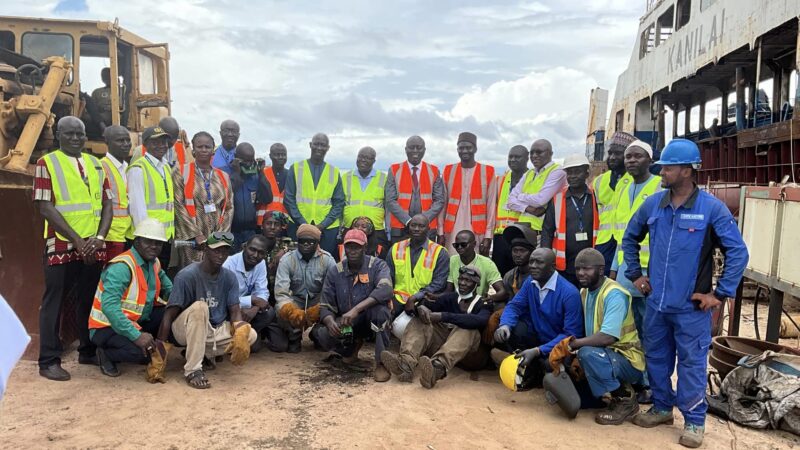Direct observation of the sea level/ A tide gauge installed at pier 13 of the Port of Algiers
A tide gauge is a recording device for measuring the level of the sea (or a river) at a given location over a given period of time. The device was installed at Pier 13 at ERENAV headquarters from 23 June 2022.
In the marine environment, this invention allows, through its visual version, the direct observation of the sea level and the recording of (sea level) signals such as waves/swells, seiches, tides, etc. In this respect, it is important to emphasize the importance of this invention in reducing potential coastal hazards that may induce coastal flooding. This invention is also important in coastal engineering and engineering. Indeed, all coastal installations and projects (harbours, coastal defences, coastal developments, etc.) must take into account the sea level fluctuations characterising the project area.
This device will therefore enable us to fill a major gap in the real-time monitoring of water surface agitation inside ports, as this significantly disrupts the loading and unloading of ships in north to north-east swell situations. It should be noted that the swaying movement inside ports, known as backwash, is very dangerous, particularly for oil tankers and LNG carriers, which risk breaking their moorings when this phenomenon exceeds 30 cm.
This equipment will also, in the long term, make it possible to better manage ship traffic within the ports and also to optimise port safety. It will also make it possible to monitor sudden variations in sea level and thus reduce the risk of marine submersion, particularly on urbanised coastlines.
Source and photos: EPAL





